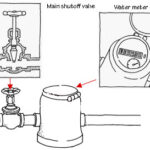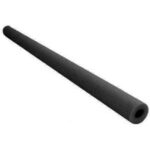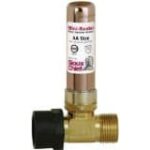A kitchen’s plumbing system consists of water supply lines and, in many cases, a gas supply pipe.
The visible part of the sink’s plumbing is nearly always located directly below the sink, inside the sink’s base cabinet. Generally, a flexible gas connector, controlled by a gas valve located at the wall or floor beneath a gas range, serves that appliance.
Beneath the sink, you can usually see two small valves: one for the hot water supply, the other for the cold, though some older homes do not have these. Turning these valves clockwise stops the flow of water through the supply tubes that route water to the faucet.
On the faucet side of the cold water shutoff valve, there may be other water connections—sometimes by way of a saddle valve. This is where connections are made with flexible copper or plastic tubing to serve a water-treatment device, instant-hot-water dispenser, and the like.
Flexible supply tubes connect the valves to the threaded tailpieces of the faucet. Faucets with a separate or integral sprayer have a hose that connects onto another tailpiece at the center of the faucet body.
The gas supply for a gas range is usually controlled by a shutoff valve beneath the range. A small, flexible supply line delivers the gas to the appliance.
Find a Reliable Local Plumber



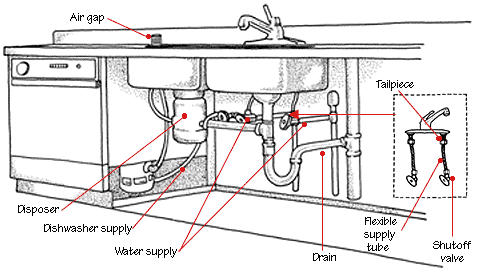
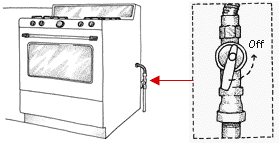


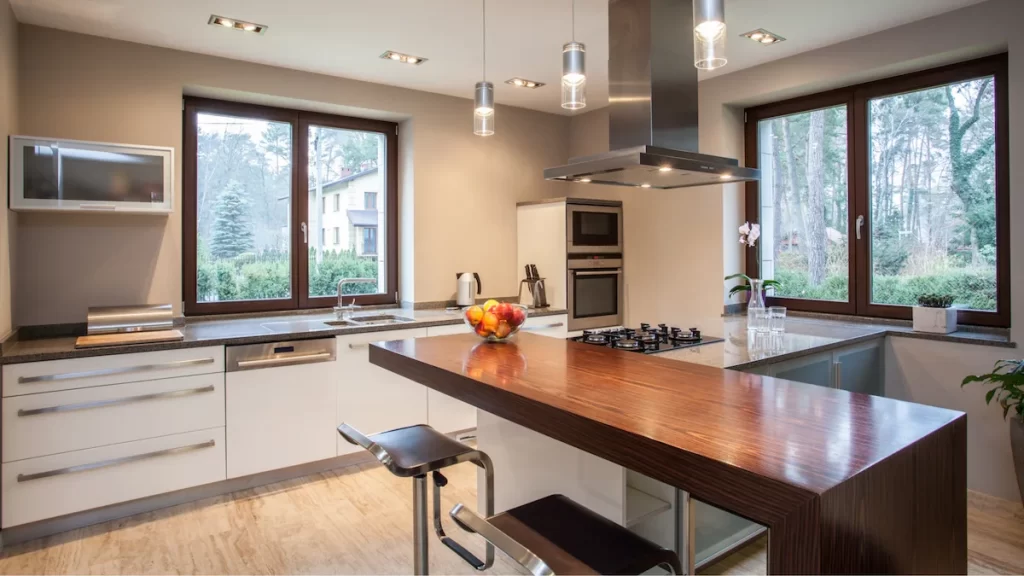
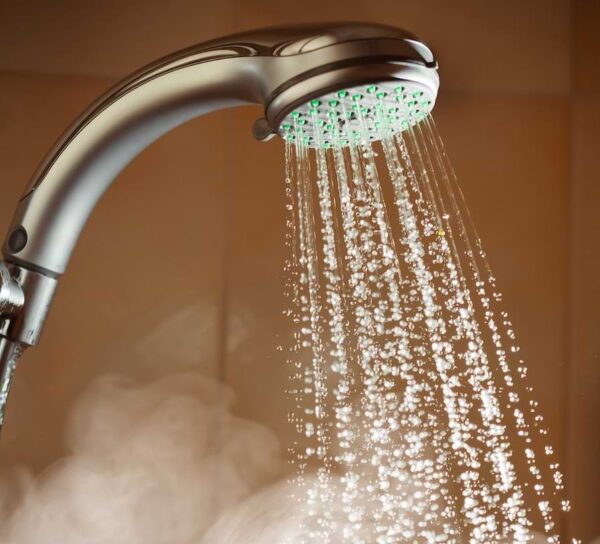
 Don Vandervort writes or edits every article at HomeTips. Don has:
Don Vandervort writes or edits every article at HomeTips. Don has:
